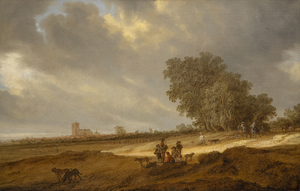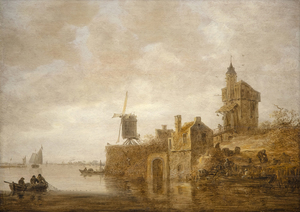
مونتانا ألكسندر
رئيس مجلس الإدارة، المدير العالمي
نيويورك | كونيكتيكت
مونتانا الكسندر هو شريك مع هيذر جيمس الفنون الجميلة، ومقرها بين مدينة نيويورك وكونيتيكت. وهي ترأس شبكة مبيعات صالات عرض هيذر جيمس في جميع أنحاء العالم، فضلا عن إدارة استراتيجية على مستوى الشركة، مع الاستمرار في تقديم المشورة لمجموعتها من هواة جمع الكبرى.
وقد وضعت مونتانا مؤخرا لوحات رئيسية من قبل إد روشا، كلود مونيه ومارك برادفورد مع جامعي خاصة. وهي مع هيذر جيمس منذ عام 2013، وقد دفعت توسعنا الكبير من معرضين إقليميين إلى سوق الفن العالمي. من بين العديد من الشحنات الرئيسية الأخرى في الماضي ، حصلت على مجموعة كبيرة من الفن ما بعد الحرب والفن المعاصر من مجموعة أعمال شركة جنرال إلكتريك الفنية للشركات ، بالإضافة إلى لوحات السير ونستون تشرشل لمعرضنا المتنقل لعام 2018. حصلت مونتانا على درجة البكالوريوس في الآداب من جامعة كونيتيكت في تاريخ الفن وإدارة الأعمال وأكملت برنامج الدراسات العليا في معهد سوثبي للأعمال الفنية في نيويورك.

جوليا جاكسون
مدير أول
نيويورك
جوليا جاكسون مقرها في نيويورك وكونيتيكت. منذ انضمامها إلى هيذر جيمس، حصلت على شحنات وساعدت في بناء مجموعات خاصة بارزة مع فنانين مهمين، بما في ذلك ألكسندر كالدر وريتشارد ديبنكورن وكاميل بيسارو وألفريد سيسلي وروبرت مذرويل وويليام بازيوتس وروي ليختنشتاين وأندي وارهول وتوم فيسيلمان. حصلت جوليا على بكالوريوس من كلية رولينز. وهي زميلة مبتدئة في متحف الفن الحديث وعضو في سوهو هاوس.
HEATHER JAMES FINE ART – أصبحت نيويورك موردا قيما للعملاء المحليين، وتوفير مجموعة واسعة من الدعم والمساعدة لمجموعة واسعة من الممتلكات. بمساعدة خبراء هيذر جيمس للفنون الجميلة، يستطيع ممثلونا مساعدتك إذا كانت لديك أسئلة تتعلق بالشراء أو البيع، أو ترغب في الحصول على كائن من مجموعتك بقيمة قيمة.
نحن نقدم مجموعة واسعة من الخدمات القائمة على العملاء بما في ذلك تخطيط العقارات والضرائب، وإدارة التحصيلات، والتقييمات، وإدارة الخدمات اللوجستية، والاستحواذات، والخدمات المالية.
في الأخبار
خدمات
تقدم هيذر جيمس فأين أرت مجموعه واسعه من الخدمات المستندة إلى العملاء التي تلبي احتياجاتك الخاصة لجمع الفنون. يضم فريق العمليات لدينا معالجين فنيين محترفين وقسما كاملا للمسجلين وفريقا لوجستيا مع خبره واسعه في مجال النقل الفني والتركيب وأداره المجموعات. مع خدمه القفازات البيضاء والرعاية الشخصية ، فريقنا يذهب الميل الإضافي لضمان خدمات فنيه استثنائيه لعملاءنا.
تعرف علينا
صالات العرض
45188 شارع بورتولا
بالم ديزرت, كاليفورنيا 92260
(760) 346-8926
الساعات: حسب الموعد
172 سنتر ستريت، جناح 101
صندوق البريد 3580
جاكسون هول، WY 83001
(307) 200-6090
الساعات: حسب الموعد

































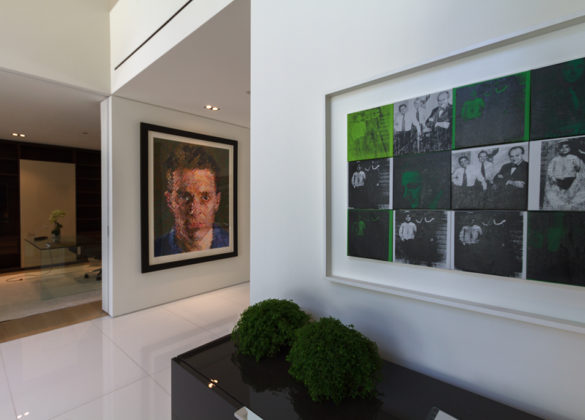
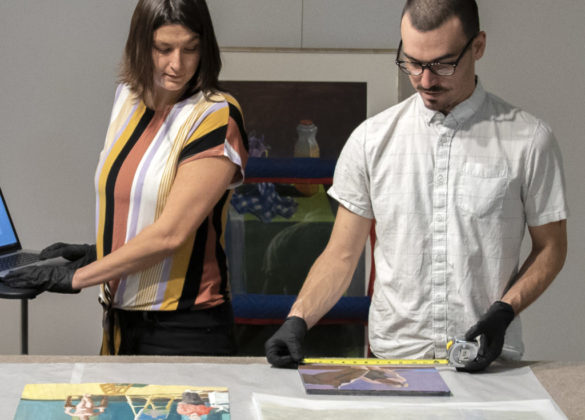











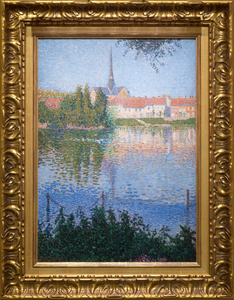
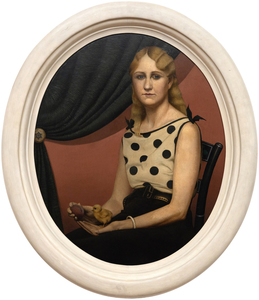
,_new_mexico_tn40147.jpg )
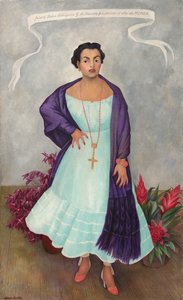
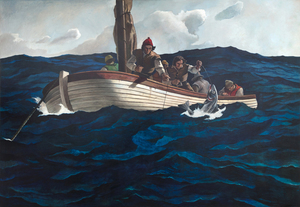
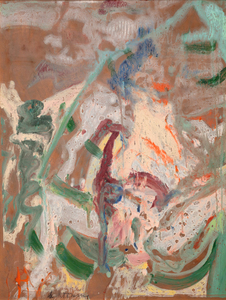
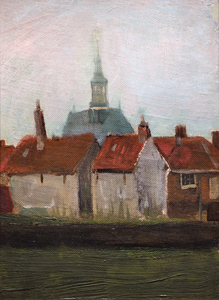
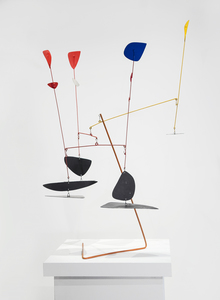
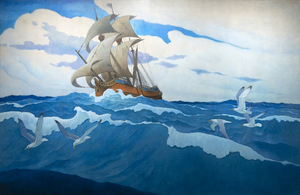
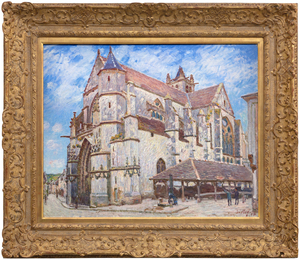
_tn45742.jpg )
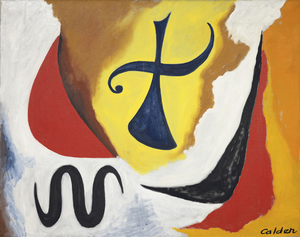
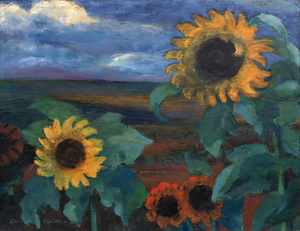
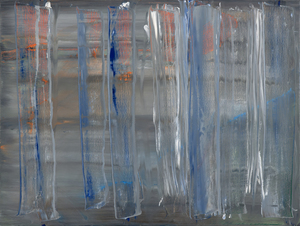
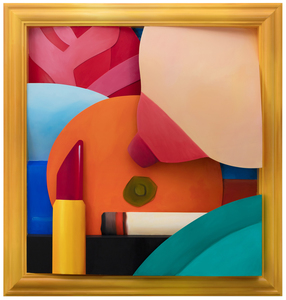
_tn45734.jpg )
_tn45731.jpg )
_tn43950.jpg )
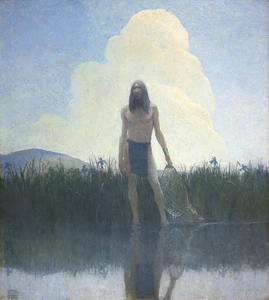
_tn45741.jpg )
_tn45739.b.jpg )
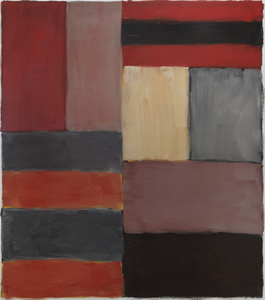
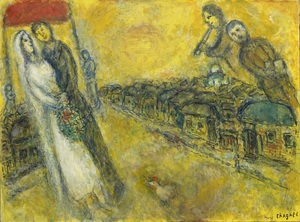
_tn45733.jpg )
_tn40169.jpg )
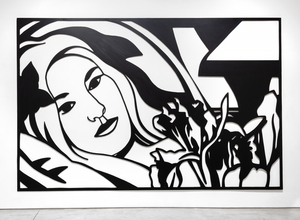
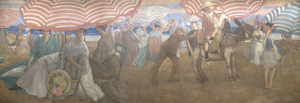
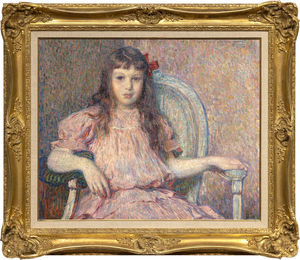
![SIR WINSTON CHURCHILL-View of Loch Choire (C 51) Painted while staying at Dunrobin Castle, the estate of the Duke of Sutherland, Churchill chose to set his easel behind a tree where he likely thought of it as a framing device, adding a layer of depth, creating a stronger sense of foreground, middle ground, and background, enhancing the three-dimensionality of the picture. Churchill painted at both Dunrobin as well as the Duke’s Sutton Place estate, later the home of John Paul Getty.<br><br>As Mary Soames describes it in her book, Winston Churchill, His Life as a Painter, “1921 had been a year of heavy personal tidings” for Churchill and his family, as he lost both his mother, Jennie Cornwallis-West, and his beloved child, Marigold, aged nearly four. In a letter to his wife Clementine, Churchill wrote, “… Many tender thoughts, my darling one of you and yr sweet kittens. Alas I keep on feeling the hurt of the Duckadilly [Marigold’s pet name].” That Churchill chose to stay with the Duke and Duchess at Dunrobin just after Marigold’s death speaks to their close friendship and his fondness for the area, including Loch Choire. It is no surprise that Churchill gifted the painting to the Duke of Sutherland](/Art_Images/Small/sir_winston_churchill_view_of_loch_choire_(c_51)_tn45743.jpg )
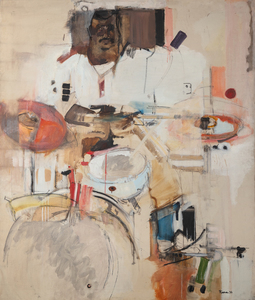
_tn45732.jpg )
_tn27035.jpg )
_tn45736.jpg )
![SIR WINSTON CHURCHILL-The Library of Sir Philip Sassoon's House at Lympne (C 19) Churchill counted as both a friend and political ally, Phillip Sassoon – one of Britain's great hosts, cousin of famed poet Siegfried Sassoon, and the man upon whom Noël Coward crowned "a phenomenon that will never recur”. Sassoon and his sister Sybil were among Winston and Clementine’s great friends. As described by Lady Soames in her book, “Philip Sassoon was a man of charm and distinction, and he dispensed princely hospitality to a brilliant and varied circle of friends at his two country houses, Port Lympne and Trent Park. He made a remarkable collection of works of art. Winston received much help and encouragement from Sassoon, and painted many pictures of both his house and gardens. One of the ways in which Winston taught himself to paint was by copying pictures he admired. With his large and varied collection, Sir Philip was able to be of help in this way, too, and Winston studied and copied quite a number of his friend’s pictures. Sassoon was a friend and patron of John Singer Sargent, and owned many of his works. Winston admired several of these, and found them highly instructive; in 1926, [less than two years before this painting was created] Philip Sassoon wrote Winston this note, which accompanied a generous present and a helpful loan:<br><br>My dear Winston,<br><br>You have often admired the picture of John Lewis Brown of the two horsemen that hung at Trent, so I am sending it to you with my best wishes in the hope that you find a corner for it at Chartwell. I am also sending th little Sargent picture wh you asked for. He painted it when he was 18!”<br><br>One is struck by Sassoon’s generosity, and can see in later works how his close study of Sargent influenced Churchill.](/Art_Images/Small/sir_winston_churchill_the_library_of_sir_philip_sassoon's_house_at_lympne_(c_19)_tn45745.jpg )
